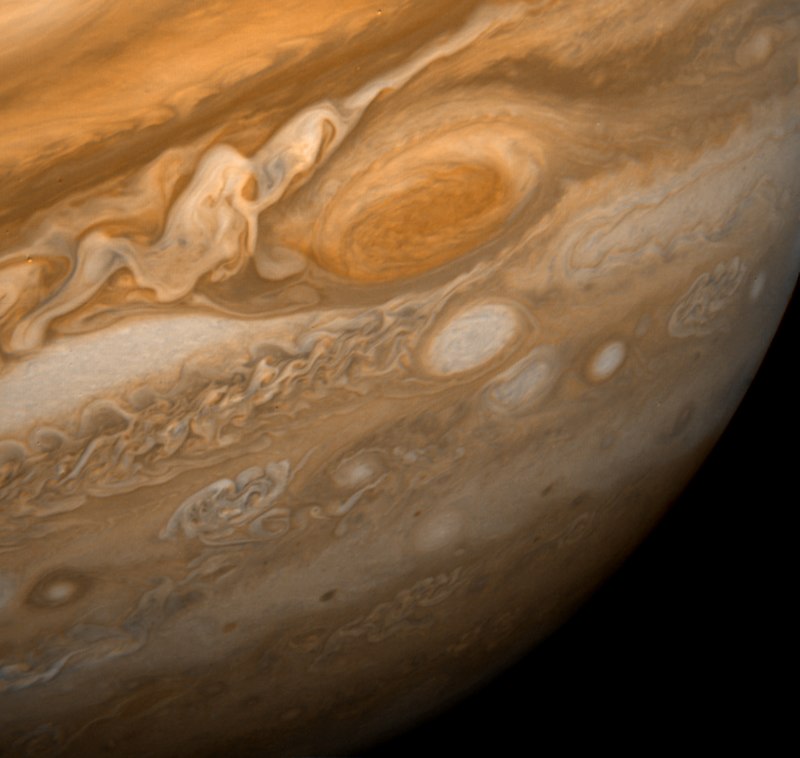Unique Bacteria Discovered on China's Tiangong Space Station: Implications for Space Missions

In a groundbreaking discovery, scientists aboard China’s Tiangong space station have identified a novel strain of bacteria, Niallia tiangongensis, which exhibits remarkable adaptations to the harsh conditions of outer space. This finding, published in the *International Journal of Systematic and Evolutionary Microbiology* in June 2025, underscores the importance of monitoring microbial life during long-term space missions to safeguard both astronaut health and spacecraft integrity.
The strain was collected during the Shenzhou-15 mission when astronauts swabbed the interior of the Tiangong space station. The samples were subsequently frozen and returned to Earth for thorough analysis. The research team, which includes microbiologists from the Chinese Academy of Sciences, found that Niallia tiangongensis is closely related to Niallia circulans, a rod-shaped bacterium commonly found in soil and sewage known to cause sepsis in immunocompromised individuals (Zhang et al., 2025).
According to Dr. Mei Chen, a leading microbiologist at the Chinese Academy of Sciences and co-author of the study, "Understanding microbial characteristics in extraterrestrial environments is essential for ensuring the health and safety of astronauts on long missions." This is particularly relevant as space exploration efforts intensify, with nations like China aiming to establish a permanent human presence in space.
### The Significance of Microbial Adaptation in Space
The newly identified bacteria exhibit several unique adaptations that enable survival in space. Notably, they possess genes that help manage oxidative stress and repair radiation-induced damage, as well as the ability to form biofilms by breaking down gelatin to extract essential nutrients (Wang et al., 2025). These adaptations pose potential risks, as biofilms can complicate spacecraft systems and may contribute to infections in astronauts.
Dr. Sarah Johnson, Professor of Microbiology at Stanford University, emphasizes that such discoveries raise significant health concerns: "While the direct risk to humans from Niallia tiangongensis is still uncertain, understanding its behavior in space is crucial for developing countermeasures against possible infections that could arise during missions."
### Broader Implications for Space Exploration
China's Tiangong space station, also known as the "Heavenly Palace," represents a critical advancement in international space exploration. This facility has become pivotal as U.S. legislation restricts NASA from collaborating with Chinese space agencies. As a result, understanding microbial life aboard the Tiangong becomes increasingly vital as humanity embarks on deeper space missions.
Additionally, the research highlights the ongoing challenge of microbial control in spacecraft environments. The presence of resilient strains like Niallia tiangongensis complicates efforts to maintain sterile conditions essential for long-term missions (International Space Station National Laboratory, 2025).
In light of these findings, researchers advocate for enhanced protocols to monitor and manage microbial life in space. This includes developing innovative strategies to mitigate the impact of such bacteria on astronaut health and spacecraft functionality.
### Future Directions and Research
Moving forward, further research is necessary to fully comprehend the implications of space-adapted microorganisms. Experts predict that as exploration efforts expand, the study of microbial life will become a cornerstone of space mission planning. Dr. Alex Thompson, a space health researcher at NASA's Johnson Space Center, notes, "As we prepare for missions to Mars and beyond, understanding how these organisms adapt to space will be vital. The health of our astronauts may depend on it."
The discovery of Niallia tiangongensis not only contributes to microbiological knowledge but also prompts essential questions about human health and safety in extraterrestrial environments. Continued exploration and study of these unique microorganisms will be critical as humanity approaches an era of deep-space exploration.
Advertisement
Tags
Advertisement





